Intellectual Property
Intellectual property is designed to protect intangible creations of human intellect. Some of them are described below.
(A) Copyright
Copyright is the most widely available intellectual property. Thus it is discussed first. The subject matter of copyright protection is broad. For example, when a person write a letter, the letter is protected by copyright. There is a recent case that a British royal family member, Meghan Markle, the Duchess of Sussex, sued a British tabloid for publishing her letters. One of the claims is copyright infringement. She won because her letters are protected by copyright.
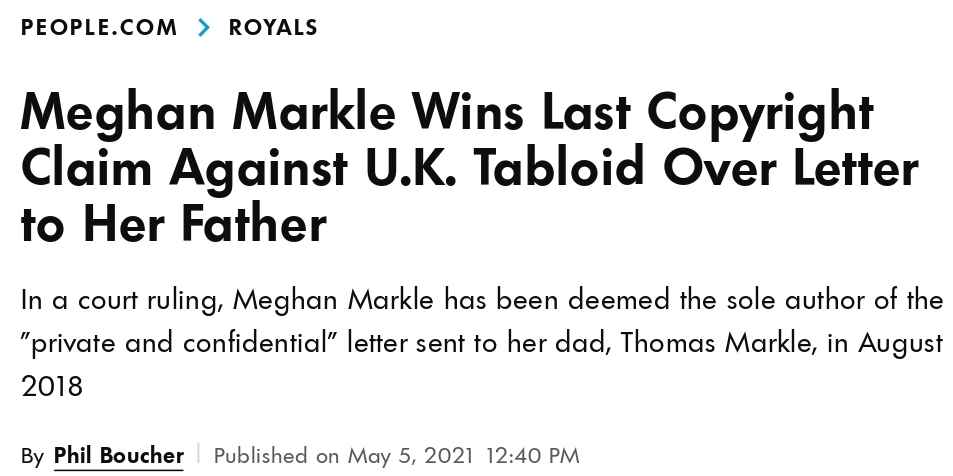
What types of materials are covered? Copyright protects original works of authorship as soon as an author fixes the work in a tangible form of expression. In copyright law, there are a lot of different types of protectable works, including paintings, photographs, illustrations, musical compositions, sound recordings, computer programs, books, poems, blog posts, movies, architectural works, plays, etc.
We are sure that all visitors to this site had wrote something in the past. This means that all of us had created “original works of authorship” in the past that are protected by copyright law. If you want to learn more, below are books for our visitors to download:
The book below is published by the World Intellectual Property Organization. Thus it provides an international perspective on the law. Also, this book is written in an easy-to-understanding manner.
Understanding Copyright and Related Rights
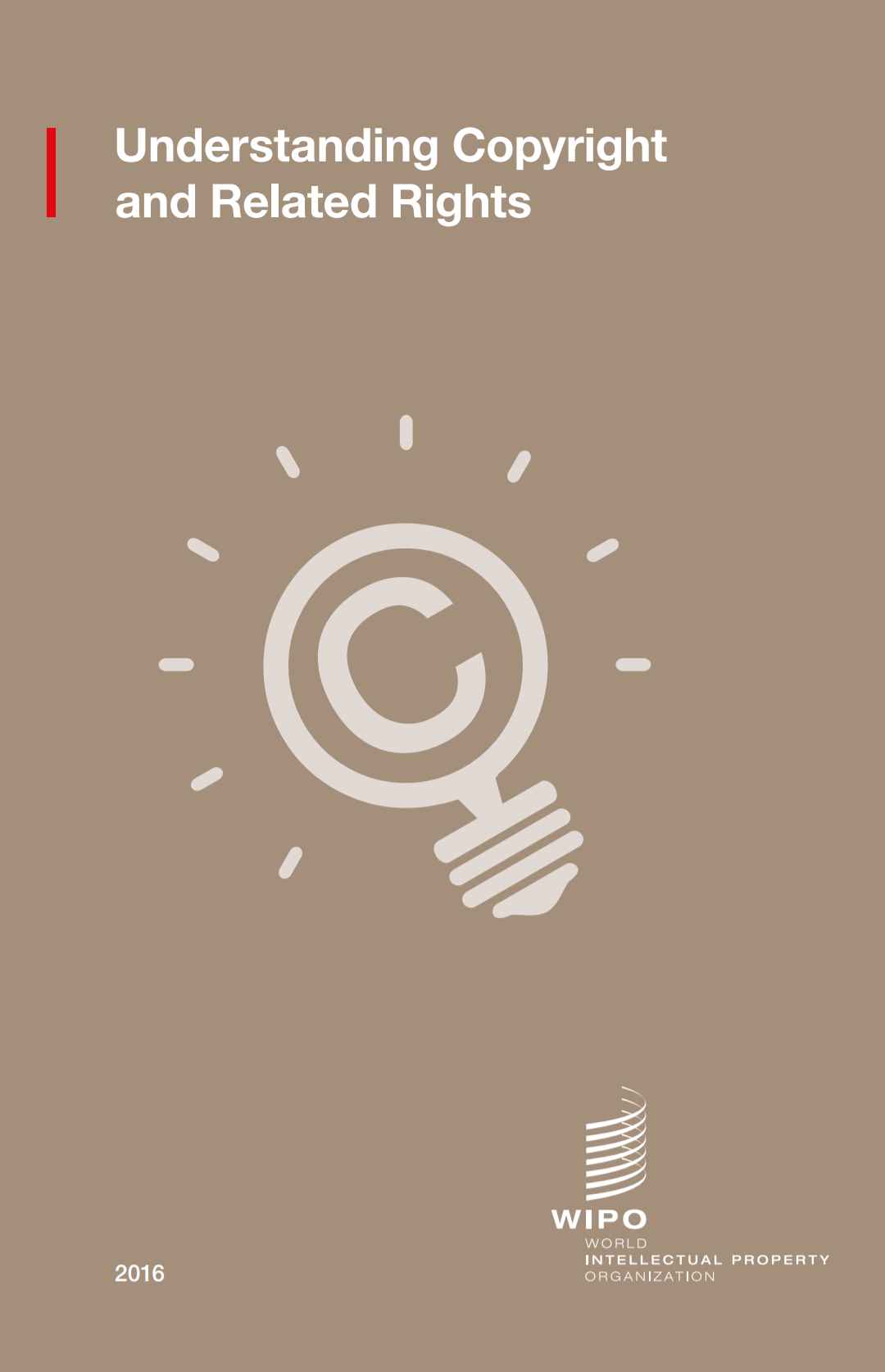
The books below cover US law:
Copyright Law - Cases and Materials

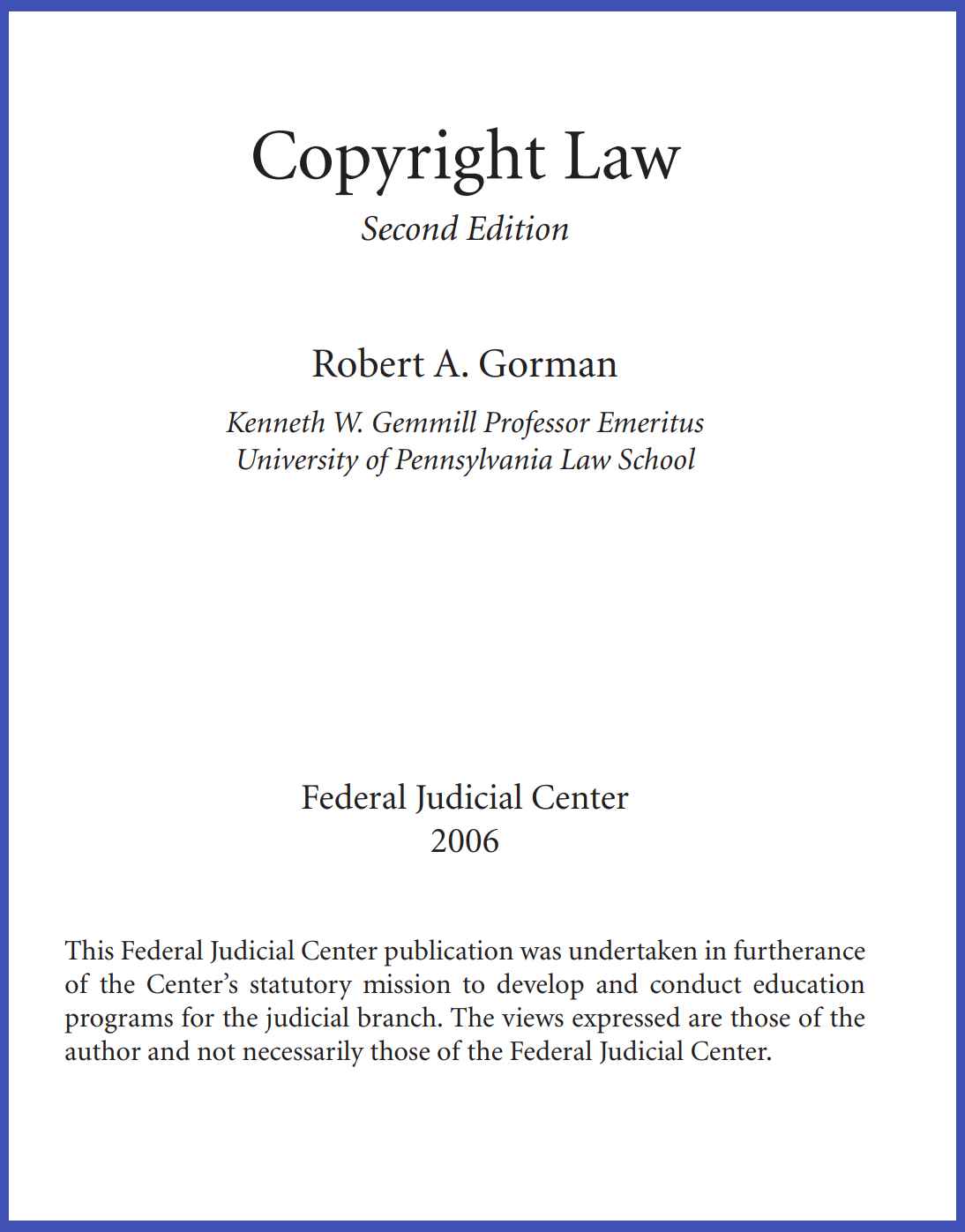
Intellectual Property Protection for Software

(B) Patent
Patent offers protection to “inventions” instead of “original works of authorship.” Under the law, invention must be (1) useful, (2) novel and (3) non-obvious. What is the difference between “novel” and “original”? “Novel” means that no one else had created it before. “Original” means that it is the creator’s own creative work, but others may have created the identical work before without the knowledge of the creator.
How do we know that the invention is novel? In many countries (including USA), the inventor must submit an application to a specialized government department. The department has a big database of prior inventions so its staffs can evaluate whether the submitted invention is novel. A patent is awarded to the applicant only after the department determines that the invention meets all the legal requirements. Below is a picture of a patent:
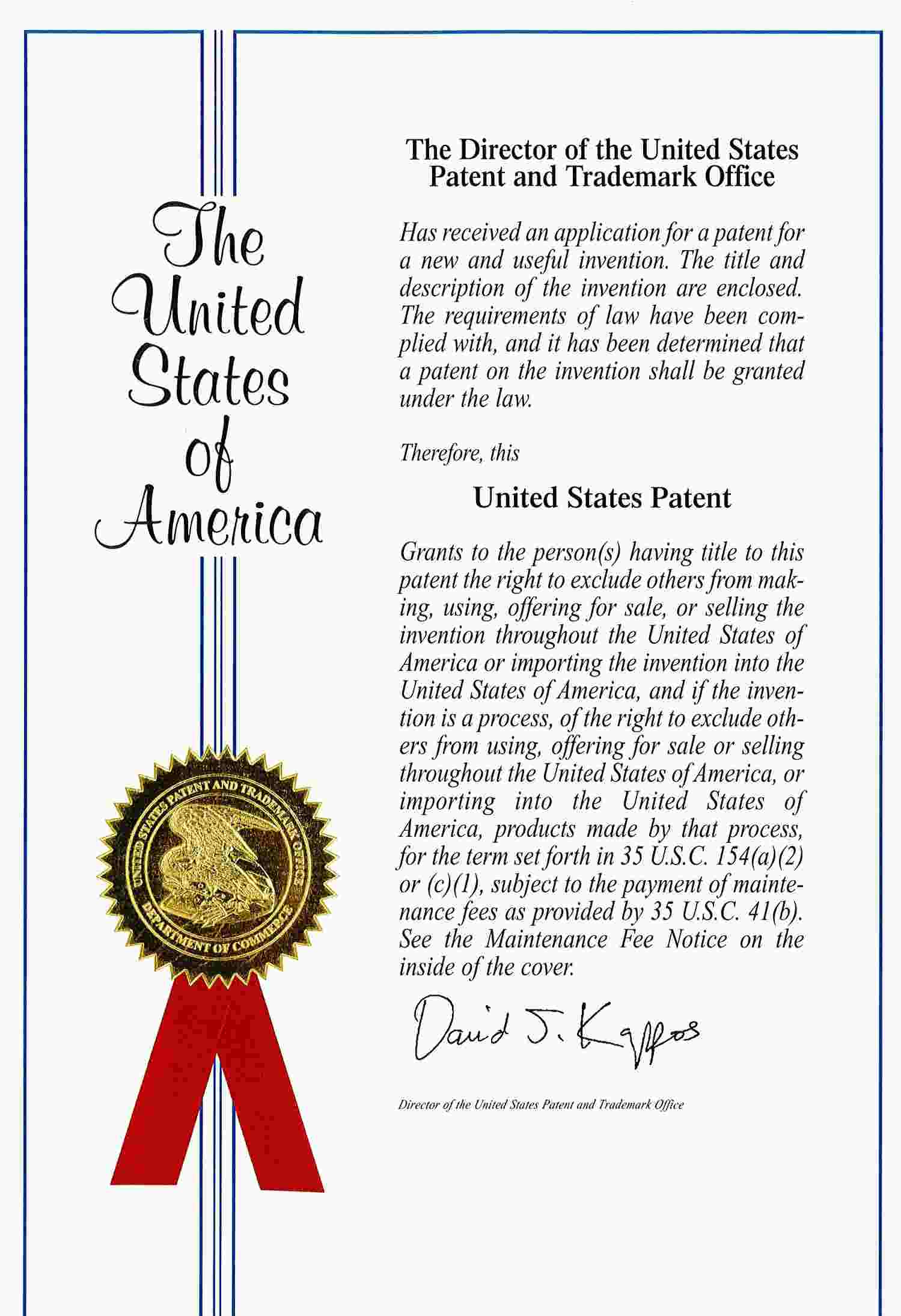
As we can see from the above-described process, it costs time and money to secure a patent. The benefit is that the patent protects against other people who later independently created the same invention. Thus, independent creation is not a defense against patent infringement while it could be a defense against copyright infringement.
This is a book on patent law.
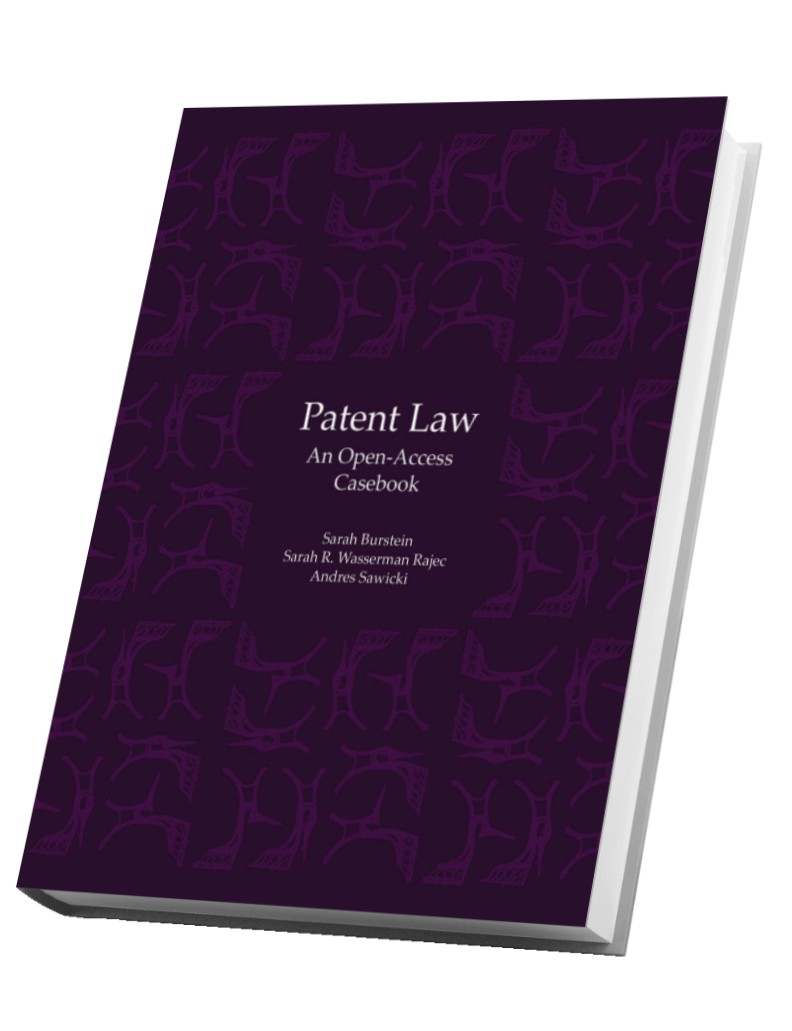
(C) Trademark
A trademark is typically a name, word, phrase, logo, symbol, design, image, or a combination of these elements. The essential function of a trademark is to identify the source or origin of products or services. Trademarks are used not only by businesses but also by noncommercial organizations and religions to protect their identity and goodwill associated with their name.
Trademark rights generally arise out of the use of, or to maintain exclusive rights over, that mark. Similar to copyright, trademark right is automatic created. There is no need to register, although registration confers additional rights.
The US government created a specialized department to handle trademark registration. Once registered, protection is valid in all the states instead of just the few states of initial use. Unless a company plans to limit its geographic reach, the cost to register a trademark can be a good investment.
This is a book on trademark law.

(D) Trade Secrets
Trade secrets are a type of intellectual property that includes formulas, practices, processes, designs, instruments, patterns, or compilations of information that have inherent economic value because they are not generally known or readily ascertainable by others, and which the owner takes reasonable measures to keep secret. Similar to copyright and trademark, trade secrets rights arise automatically without registration. The most common reason for trade secrets disputes is when former employees of trade secret-bearing companies leave to work for a competitor and are suspected of taking or using valuable confidential information belonging to their former employer.
A company can protect its trade secrets through agreements, contracts and compartmentalization of information. These protective measures effectively create a perpetual monopoly on secret information that does not expire as would a patent or copyright. For example, trade secrets such as secret formulae are often protected by restricting the key information to a few trusted individuals. Famous examples of products protected by trade secrets are Chartreuse liqueur and Coca-Cola.
The lack of formal protection associated with registered intellectual property rights, however, means that a third party not bound by a signed agreement is not prevented from independently duplicating and using the secret information once it is discovered, such as through reverse engineering.
This is a publication: The Law and Ethics of Trade Secrets: A Case Study.
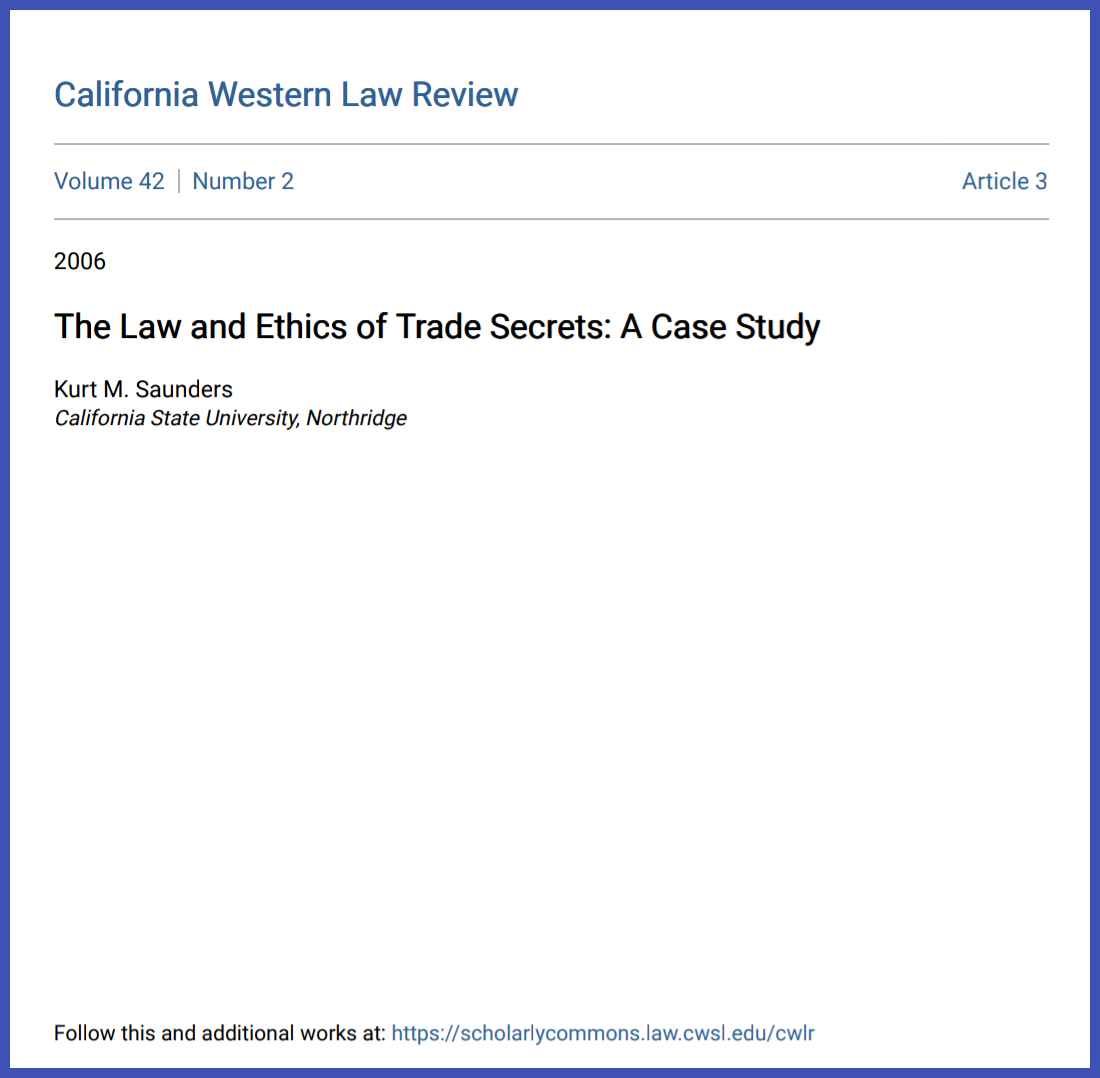
Note: This page, Supreme Court Opinions, discussed two Supreme Court cases on intellectual property: (1) Google v. Oracle, and (2) Diamond v. Chakrabarty. If you are interested you can go to that page to take a look.